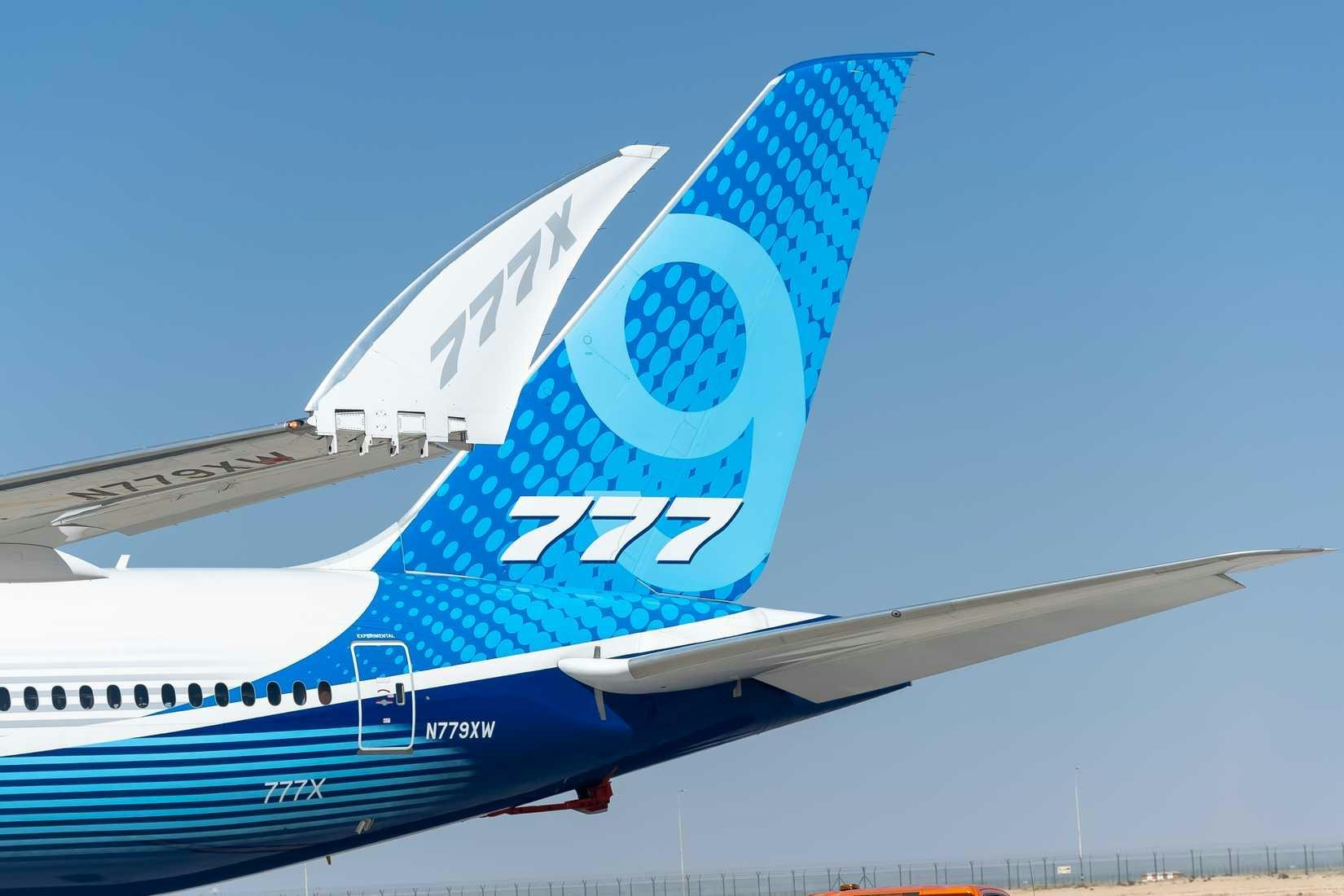
AeroGenie — Your Intelligent Copilot.
Trending
Categories
airBaltic Reports Passenger Growth Despite July Decline
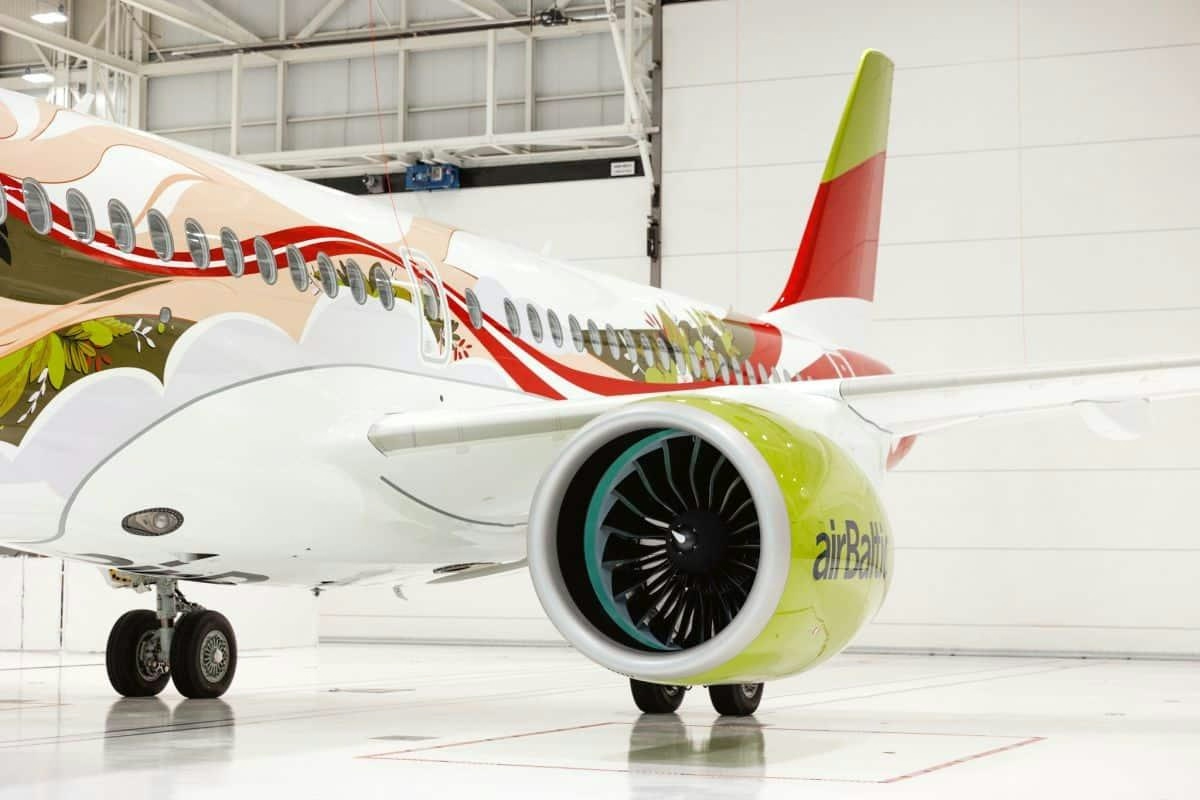
airBaltic Reports Passenger Growth Despite July Decline
July Figures Reflect Network Optimisation Impact
Latvian flag carrier airBaltic experienced a slight decline in passenger numbers in July 2025, transporting 539,300 passengers across its network—a 4% decrease compared to the same month in 2024. Flight operations also saw a marginal reduction, with 4,455 flights conducted, down 0.7%, while the load factor fell by 2.4 percentage points to 86.4%. The airline attributed this modest dip to network optimisation measures implemented earlier in the year, designed to enhance operational efficiency and better align capacity with shifting demand patterns.
Strong Year-to-Date Performance Amid Industry Challenges
Despite the July downturn, airBaltic’s overall performance for the first seven months of 2025 remains robust. The carrier recorded a total of 2,900,900 passengers from January through July, representing a 4.6% increase over the same period in 2024. Flight activity expanded by 2.6% to 26,969 flights, while the average load factor for the seven-month period reached a record 79.5%, up 0.6 percentage points year-on-year. These figures underscore the airline’s resilience in a challenging market environment marked by geopolitical tensions and restricted access to key markets such as Russia and Ukraine.
The broader European aviation sector continues to grapple with significant headwinds, including disruptions linked to crises in the Middle East, which have collectively cost airlines billions and exerted pressure on financial results. Nevertheless, airBaltic’s narrowed net loss and sustained passenger demand reflect a cautiously optimistic outlook. This sentiment is echoed by competitors like Ryanair, which have also expressed hopes for a full-year profit recovery, even as uncertainties persist.
airBaltic’s ability to balance short-term fluctuations with long-term growth strategies highlights its adaptability amid ongoing industry volatility. The record-high passenger numbers and improved operational efficiency achieved in the first half of 2025 position the airline to maintain momentum through the remainder of the year.
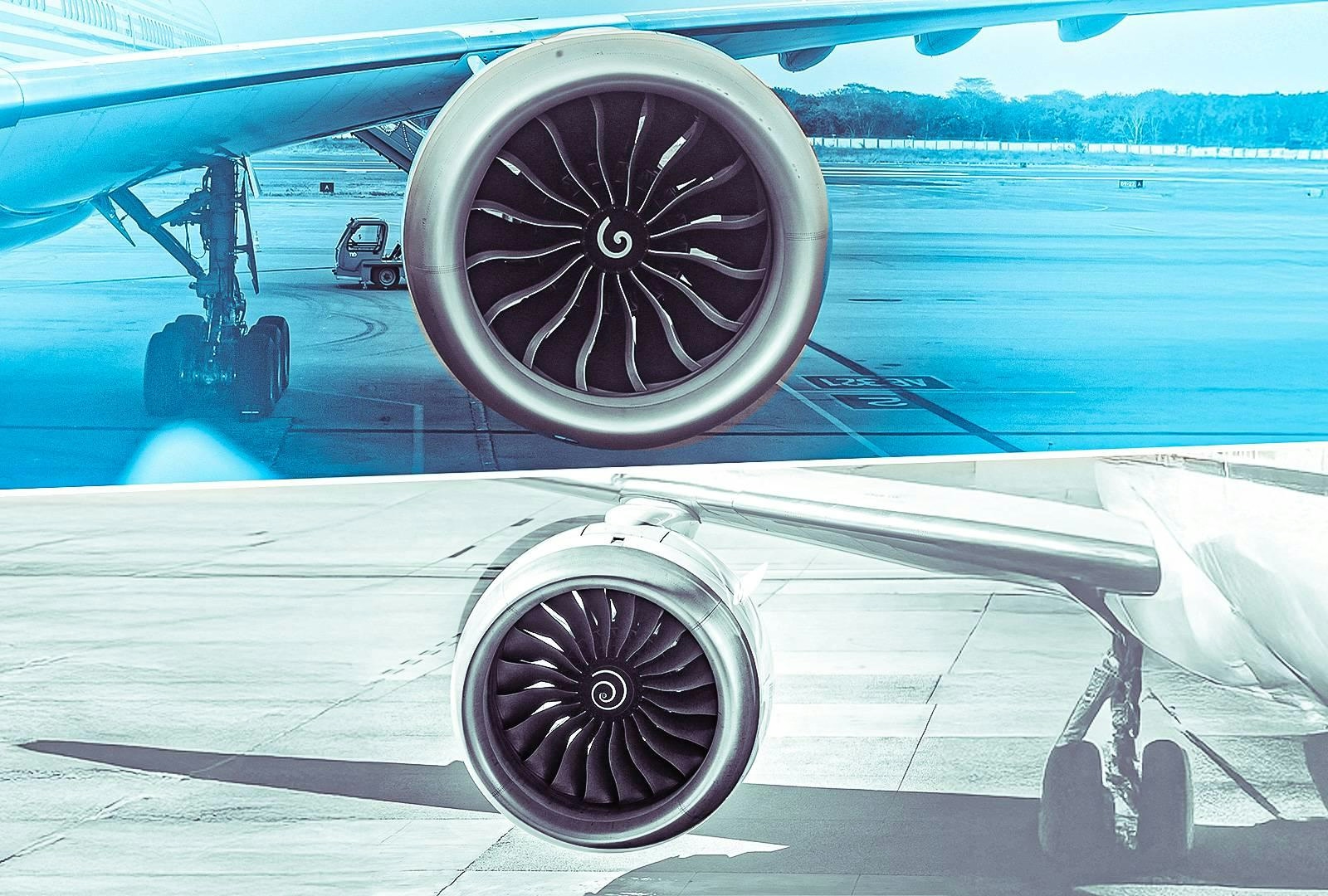
flydubai Signs Agreement with GE Aerospace for 60 GEnx-1B Engines

Emirates Orders 65 Boeing 777X Jets Worth $38 Billion, Deliveries Starting in 2027
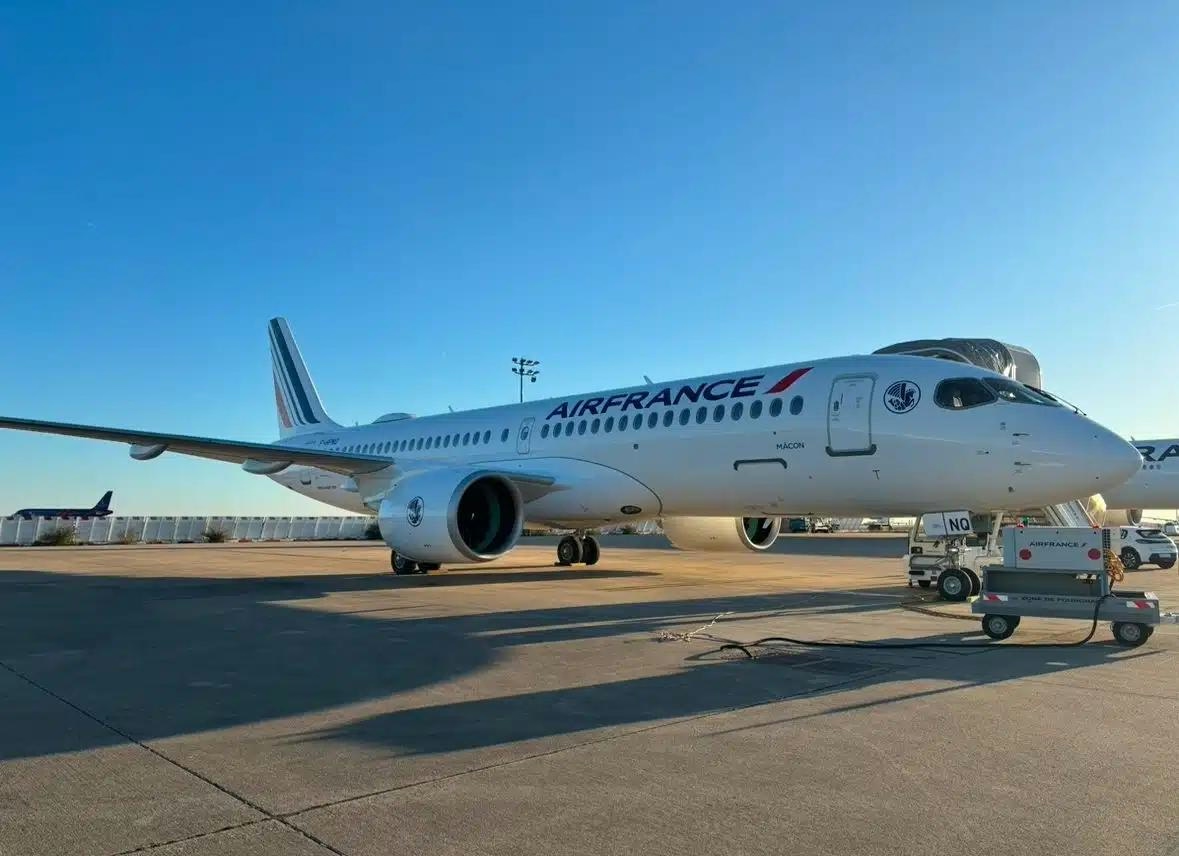
ABL Aviation Delivers Final A220 Aircraft to Air France
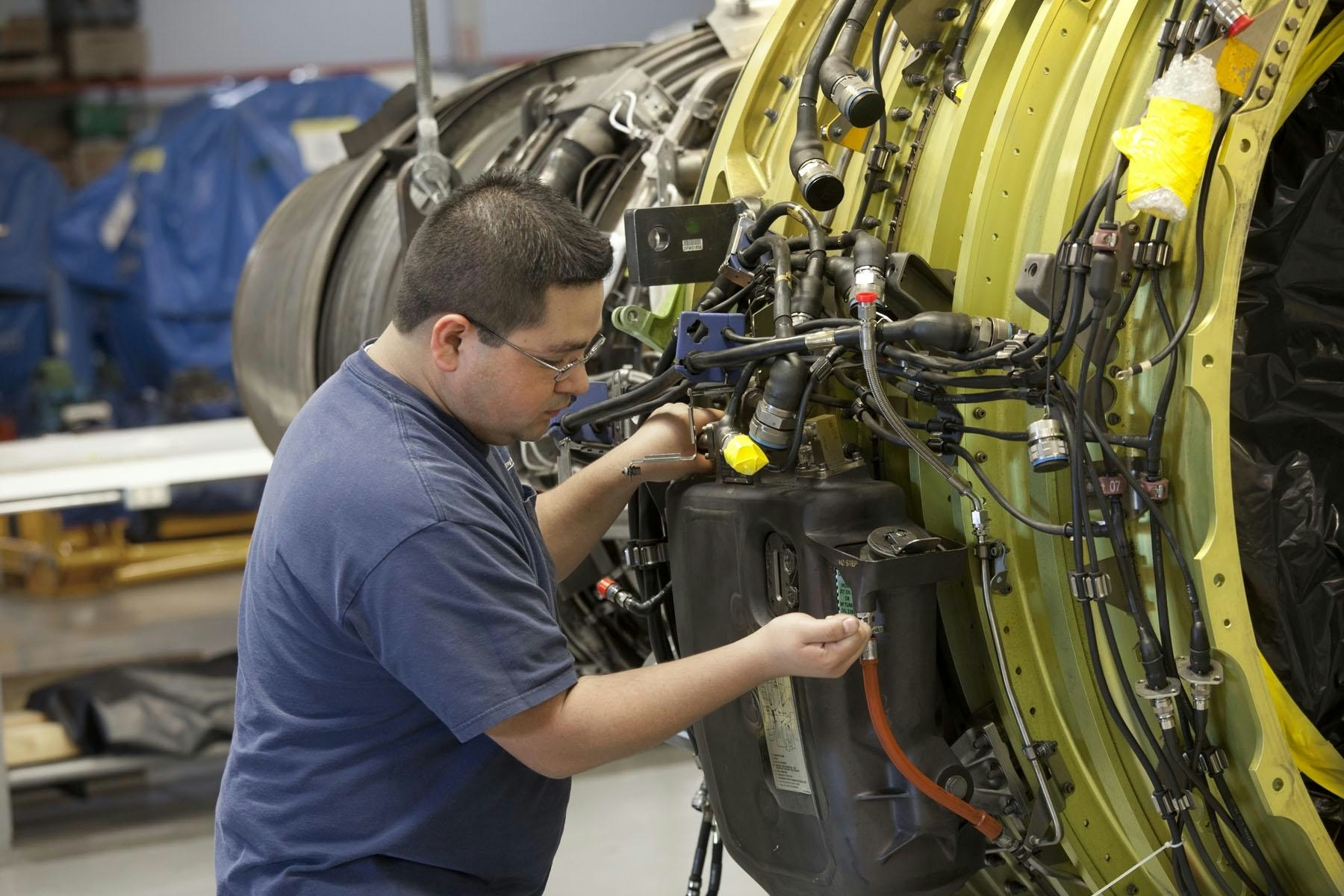
GE Signs Deal with Emirates for GE9X Engines

flydubai Orders 60 GEnx Engines for New Boeing 787 Fleet
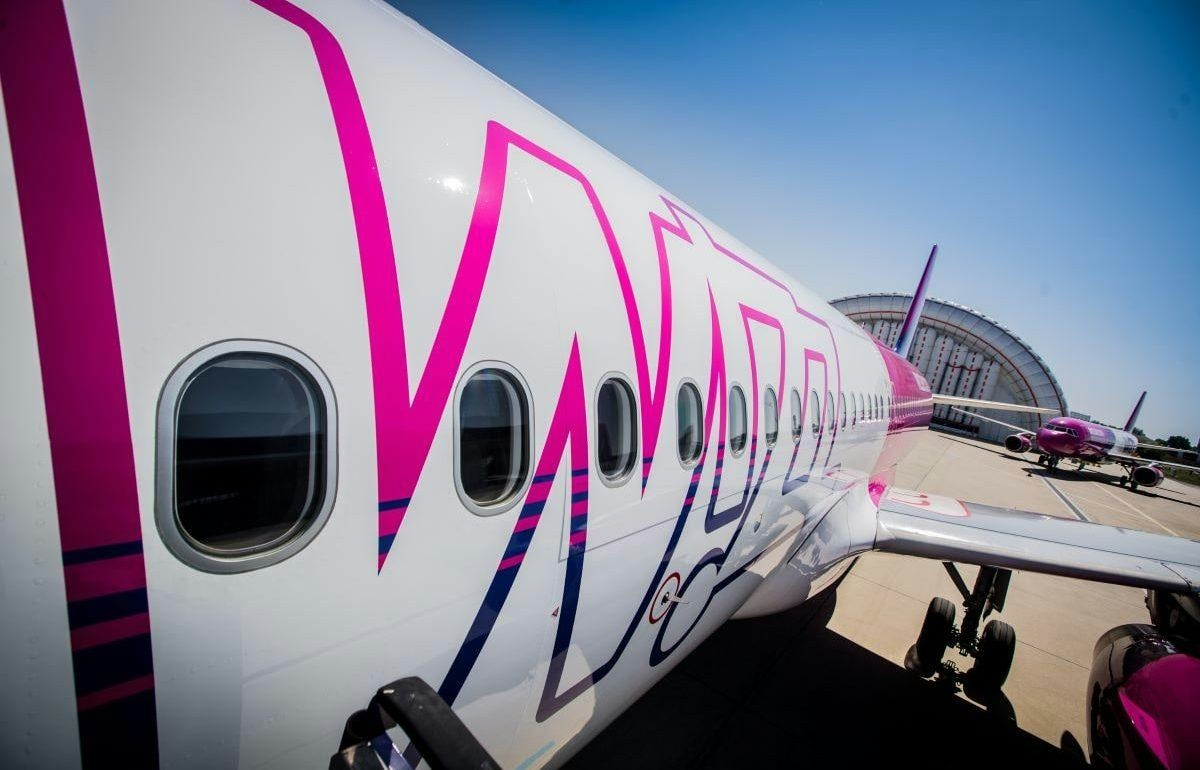
Wizz Air Renews Maintenance Partnership with FL Technics

Global Air Traffic Management Software Market Projected to Reach $12.6 Billion by 2034

US and Over 90 Countries Convene at Dubai Airshow 2025 to Discuss Aviation and Technology
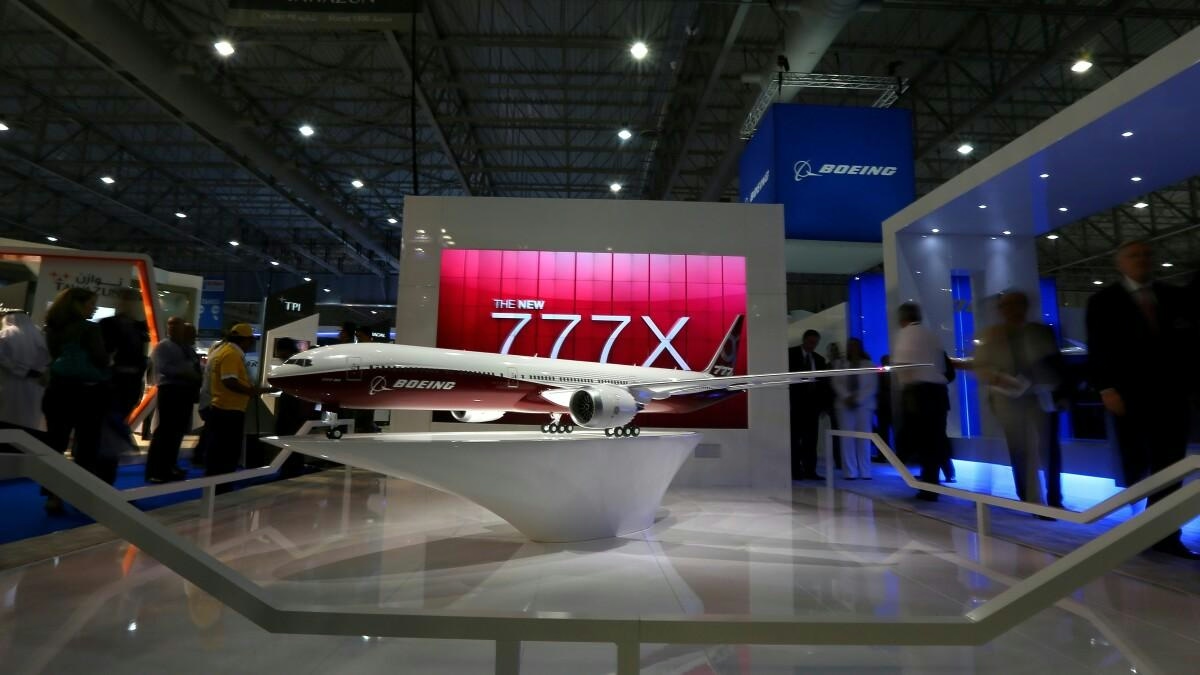
Emirates Announces Major 777X Order at Dubai Airshow 2025
